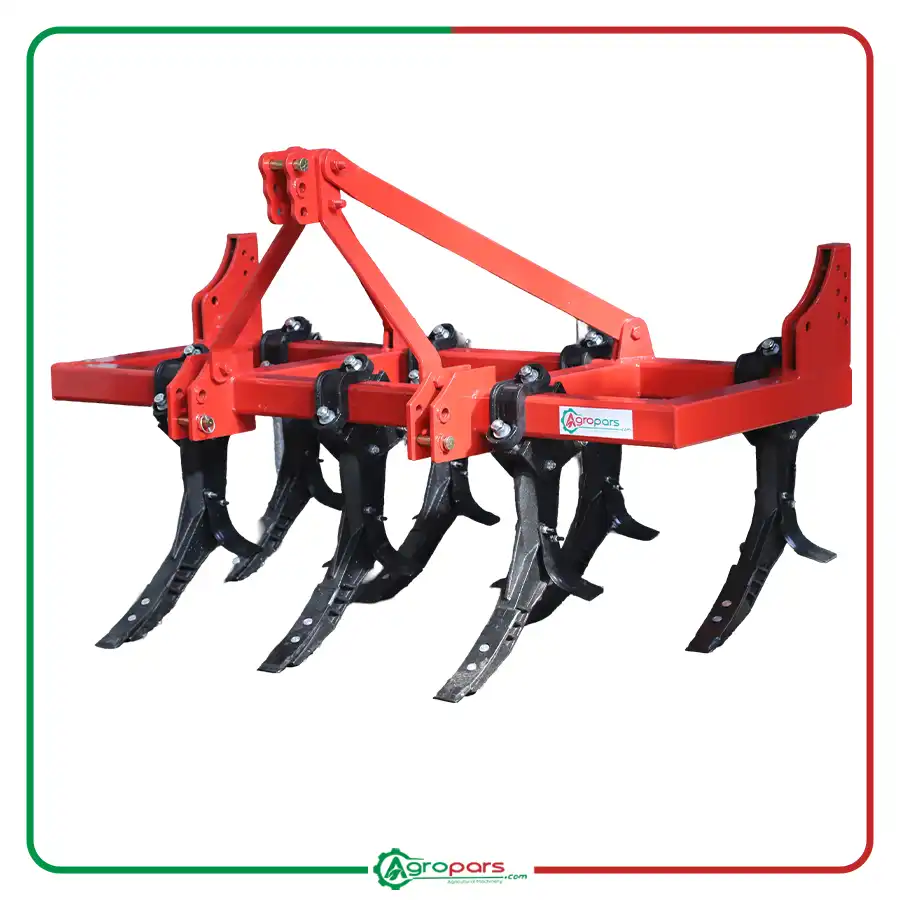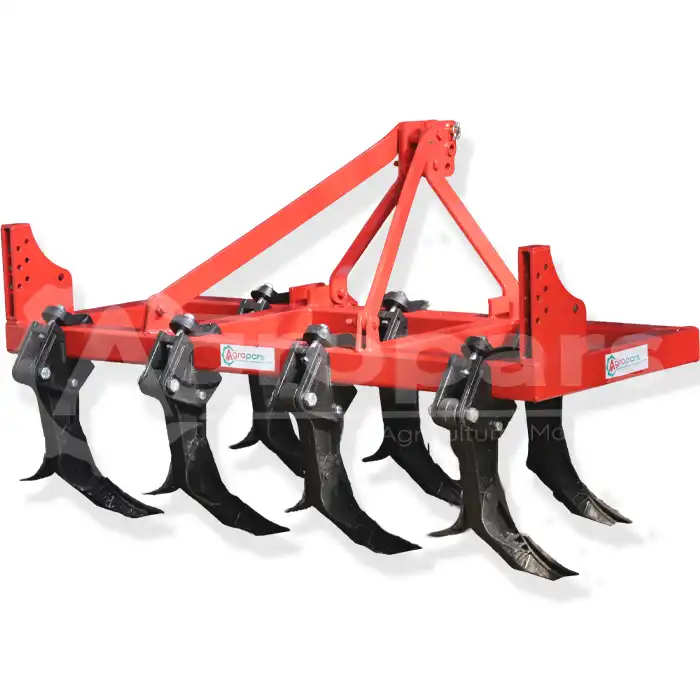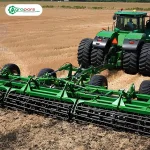Chisel vs. Other Implements
Tillage, a crucial step in preparing land for cultivation, plays a vital role in soil fertility and crop yields. The selection of appropriate tillage implements directly impacts costs, efficiency, and agricultural sustainability. This article compares the costs of using a chisel plow with other tillage implements and examines the benefits of chisel plowing.

Types of Tillage Implements and Their Costs
Various implements are used for tillage, each with its own advantages and disadvantages. Some of the most common include:
- Moldboard Plow: This tool is used for deep plowing and turning over the soil. However, using a moldboard plow can lead to soil erosion, reduced organic matter, and increased fuel costs.
- Disc Harrow: Discs are used to break up clods, level the soil surface, and mix crop residues with the soil. However, frequent discing can cause soil compaction and reduce its permeability.
- Chisel Plow: A chisel plow is used to break up hard soil layers, increase water and air permeability, and improve soil aeration. Using a chisel plow can reduce fuel and maintenance costs and help retain soil moisture.
Cost Comparison
Tillage costs depend on various factors, including the type of implement, tillage depth, soil type, farm size, and fuel and maintenance costs. In general, using a chisel plow compared to a moldboard plow and disc harrow can reduce the following costs:
- Fuel Costs: A chisel plow requires less draft force than a moldboard plow, thus reducing fuel consumption.
- Maintenance Costs: A chisel plow has fewer moving parts than a disc harrow, resulting in lower maintenance costs.
- Labor Costs: Using a chisel plow can reduce tillage time, thereby reducing labor costs.
Advantages of Using a Chisel Plow
In addition to reducing costs, using a chisel plow has other benefits, including:
- Soil Moisture Retention: By creating furrows in the soil, a chisel plow helps water penetrate deep into the soil and retain soil moisture.
- Improved Soil Aeration: By breaking up hard soil layers, a chisel plow improves soil aeration and facilitates root growth.
- Reduced Soil Erosion: By maintaining crop residues on the soil surface, a chisel plow prevents soil erosion.
- Increased Soil Organic Matter: By mixing crop residues with the soil, a chisel plow helps increase soil organic matter.

Conclusion
Using a chisel plow, as a cost-effective and sustainable tillage method, can help improve soil quality, reduce production costs, and increase crop yields. The selection of appropriate tillage implements should be based on the specific conditions of each farm and considering the advantages and disadvantages of each method.






